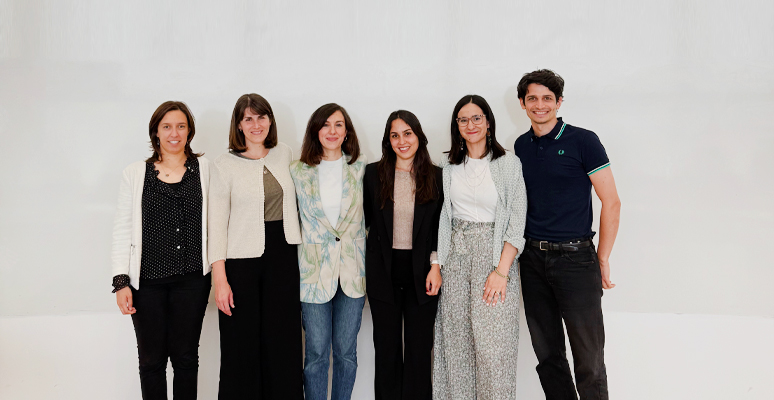
- Start date
- Duration
- Format
- Language
- 1 Dec 2025
- 3 days
- Class
- English
Doing a comprehensive strategic exercise as the executive leadership team of a hospital to test and strengthen managerial and organizational skills.
Milano, 10 October 2019.
For the 14 million people diagnosed with cancer each year, achieving the best chances for survival and recovery often demands skilful management of the disease. And nowadays, this often means using the latest in mobile technology.
Mobile apps focusing on health management are becoming hugely popular. In 2017, there were over 325,000 mHealth apps (health, fitness, and medical) with over 3.7 billion downloads, representing a growth of over 30% year-on-year over 2016.
Although only 5% of these apps are related to cancer care, they could constitute an important element in its successful management. By tracking the patient experience and collecting reported outcomes, mHealth apps have the potential to personalise care, draw insights, and shorten the cycle from research to clinical implementation. They can even increase patients’ overall chances of survival.
But despite this enormous potential, our understanding of mHealth apps use in cancer care remains limited. There’s a lack of knowledge insight into the behaviour and perceptions of stakeholders, from cancer patients to oncologists. Without this understanding, it’s hard to know how the uptake and efficacy of mHealth apps could be strengthened to improve cancer patients’ quality of life and the efficiency of healthcare services provision.
Earlier this year, SDA Bocconi’s prof. Rosanna Tarricone (Associated Dean, Division Government, Health and Non Profit) authored a new study published in JMIR mHealth and Uhealth, which shed new light on mHealth apps and their usage.
Titled ‘Mobile health divide between clinicians and patients in cancer care: results from a cross-sectional international study’ (Tarricone et al, 2019), the study breaks new ground in the effort to understand how mHealth apps are being used.
Surveying over 2,000 clinicians and patients in a cross-sectional web-based study, the study revealed the ways that both patients and clinicians use mHealth in cancer care. In addition to this survey, the study also hosted an international workshop with over a hundred stakeholders, and a roundtable with key representatives of international organisations of clinicians and patients. This allowed Tarricone and her team to solicit feedback on the survey results and develop insights into mHealth app development practices.
Tarricone’s findings highlighted the limitations of how mHealth is currently being used in cancer care. While over three-quarters of clinicians (76.97%) were found to be using mHealth technology, only 28.46% of patients were doing so. ‘If the promise of mHealth is to be fulfilled’ the paper explains, ‘clinician and patient usage rates will need to converge’. The report recommends that mHealth apps should be ‘designed in ways that strengthen the patient-physician relationship’.
The study also identifies an important distinction between ‘basic’ and ‘advanced’ users. While use of mHealth apps for activities relating to process automation and interaction with other individuals was prevalent, there was a far more limited adoption for side-effect management and compliance monitoring, across both patients and clinicians. This suggests that there is much more to be done to maximise the potential of the technology and its uptake.
Overall, Tarricone’s study represents a valuable contribution to our understanding of how mHealth technology can be deployed to manage chronic conditions like cancer. While showing that mHealth apps can ‘provide access to clinical and economic data that are low cost, easy to access, and personalised’, the study nevertheless argues that the evidence of their actual use is ‘not promising’ and that more can be done to fully exploit the potential benefits of mobile technologies in healthcare.
With prolonged, sustained and intensive use still representing a challenge, more studies like Tarricone’s need to be completed to help us understand what can be done to fully harness the potential of this growing technology.
Read Rosanna Tarricone’s full paper here
SDA Bocconi School of Management

Doing a comprehensive strategic exercise as the executive leadership team of a hospital to test and strengthen managerial and organizational skills.

Per aiutarti a trovare le soluzioni adeguate in un’ottica di lungo periodo nella gestione del punto di vendita di prodotti e servizi per la salute.

The Program aims to provide basic knowledge of health technology assessment and the main techniques of economic evaluation in health.

